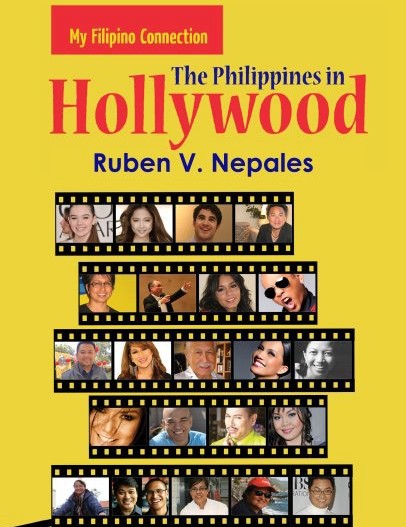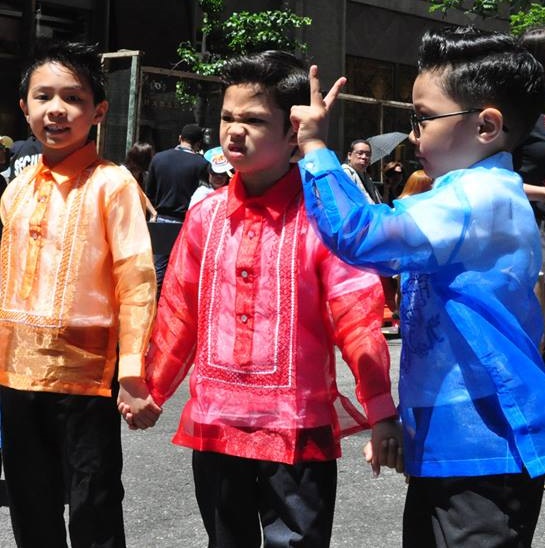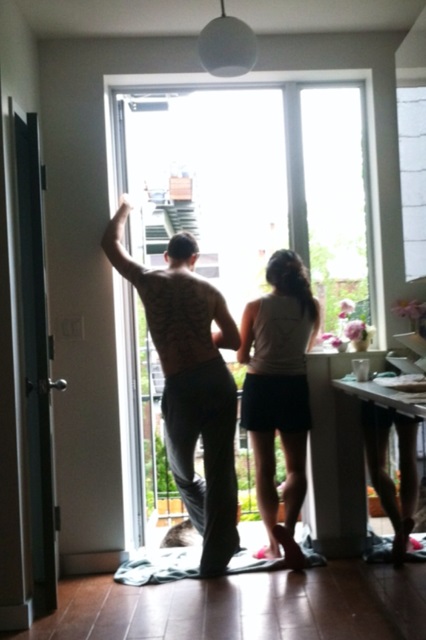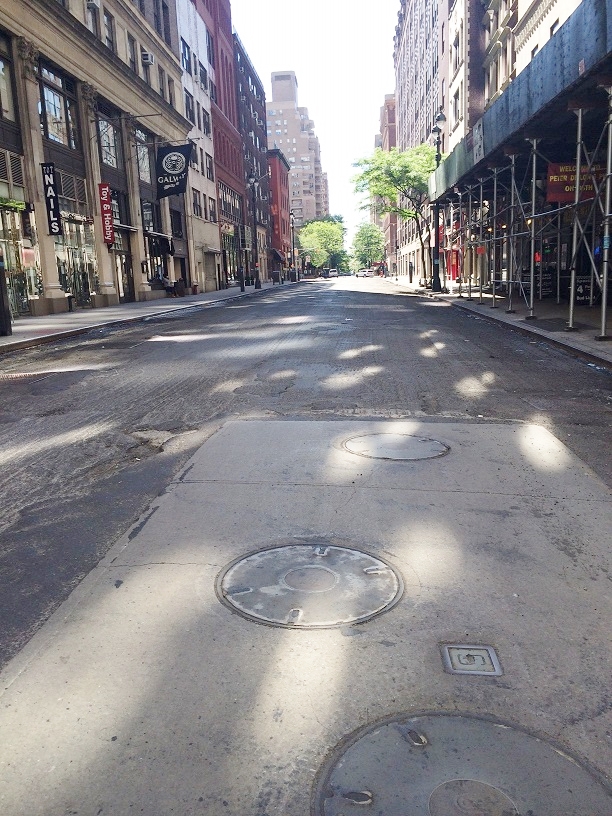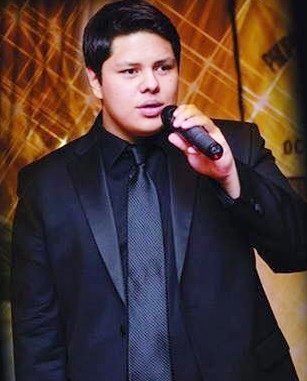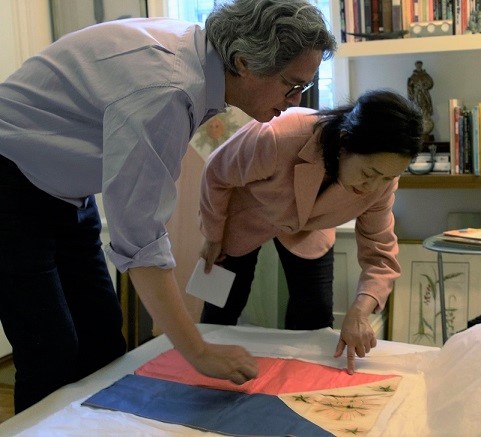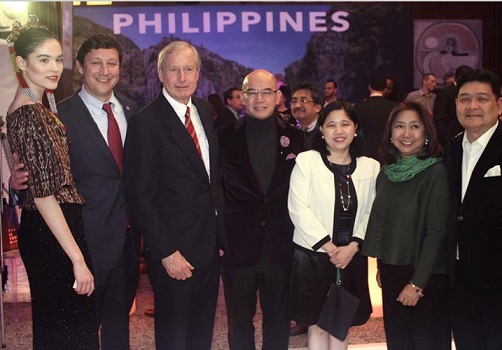Food empire drives growth to the Max’s
Phil-Am Food Mart is unshakeable in its Jersey City neighborhood, its home since the ‘70s. But something is different now. The grocery, founded by the Aguila family from Batangas, has expanded into a merchandising behemoth supplying Asian food products to restaurants and groceries throughout the East Coast.
The grocery has branched out into a restaurant-bakery, a trading company, an art gallery and a handicrafts store — all owned by this industrious and close-knit family from San Jose, Batangas.
The Aguila food empire is typical of what the Census Bureau describes as Asian-owned businesses that are “one of the strongest segments of the American economy.”
In a recent study, the census said U.S. businesses owned by people of Asian origin increased 40.4 percent to 1.5 million between 2002 and 2007.
“Asian-owned businesses generated more than half a trillion dollars in sales in 2007 and employed more than 2.8 million people,” Census Bureau Deputy Director Thomas Mesenbourg said in a statement.
The survey studied businesses owned by seven Asian groups — Indian, Chinese, Filipino, Japanese, Korean, Vietnamese and other Asians.
California, New York and Texas are the states with the largest concentration of Asian-owned businesses at 509,097; 196,852; and 114,336, respectively. Among major cities, New York and Los Angeles host many Asian-owned enterprises, usually in areas like repair and maintenance; personal and laundry services; professional, scientific and technical services; and retail trade.
The Aguila family is a role model of Filipino entrepreneurial success in the U.S. They have not stopped growing. Their latest offspring is the Max’s of Manila franchise, which opened in November within the same Jersey City location.
Max’s is a popular family restaurant in the Philippines specializing in fried chicken dipped in banana ketchup. It was started in 1945 by an enterprising Filipino, Maximo Gimenez, who befriended American soldiers and often entertained them in his home. Legend has it that the American troops liked his fried chicken so much, Gimenez was encouraged to open a restaurant and made fried chicken his signature dish. It became a huge hit, and Max’s a favored venue for wedding receptions, birthday and christening parties.
“As a family, we are hands-on,” Patricia Berberabe, grand doyenne of the food chain, said in an interview. A 70-year-old widow, she was a recipient of the Outstanding 50 Asian Americans in Business Award in 2008.
This is how the family business with an estimated $5 million in annual sales is structured. The three Aguila sisters carved up the business into three units. Patricia is president of Phil-Am Trading importer-wholesaler unit; the Phil-Am Merchandising grocery division is being managed by Flory Santos and her husband, and the Casa Victoria Restaurant & Bake Shop by Angie Ferrer and her husband. Patricia’s husband passed away in 2005.
“Business-minded talaga kami even when we were in the Philippines,” she said.
She said her parents ran a grocery and a fruit stall, which enabled them to send 11 children to school. Patricia graduated from UST with a degree in chemical engineering. And what has she learned from her own experience as a businesswoman?
She replied, “Just because you can cook doesn’t mean you can run a restaurant.”
The census study includes the following highlights:
-Wholesale trade and retail trade accounted for 46.9 percent of Asian-owned business receipts.
-Among all Asian-owned businesses, Indian-owned businesses accounted for 19.9 percent; Chinese, 27.3 percent; Filipino, 10.5 percent; Japanese, 7.0 percent; Korean, 12.4 percent; Vietnamese, 14.8 percent; and other Asian, 9.9 percent.
-Growth in the number of Asian-owned businesses by Asian subgroup include Asian Indian (38.2 percent), Chinese (48.1 percent), Filipino (30.4 percent), Japanese (24.7 percent), Korean (22.1 percent), Vietnamese (55.8 percent) and other Asian (72.3 percent).
-There were 2,135 Asian-owned businesses with 100 employees or more in 2007.
-Of the 1.5 million Asian-owned businesses in 2007, 397,484 had paid employees, an increase of 24.4 percent from 2002. These businesses employed 2.8 million people, an increase of 27.5 percent from 2002, and their payrolls totaled $79.6 billion, an increase of 42.1 percent. Employer business receipts totaled $455.2 billion, an increase of 56.3 percent, with average receipts of $1.1 million.
-In 2007, 1.2 million Asian-owned businesses had no paid employees, an increase of 46.9 percent. These nonemployer businesses’ receipts totaled $52.5 billion, an increase of 47.8 percent, with average receipts of $45,543.

